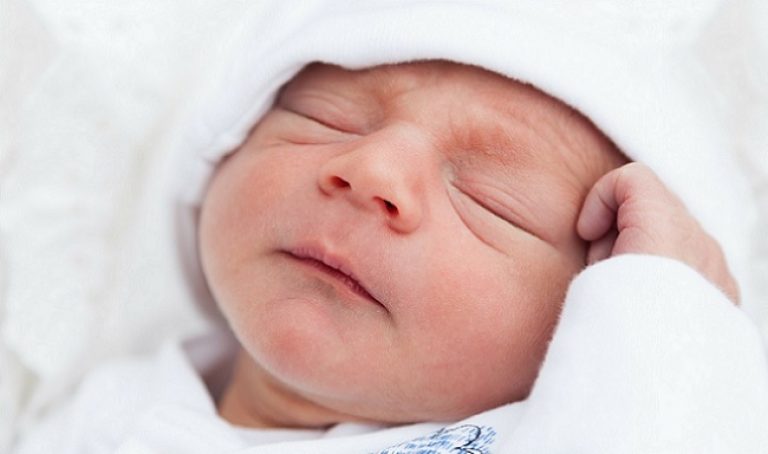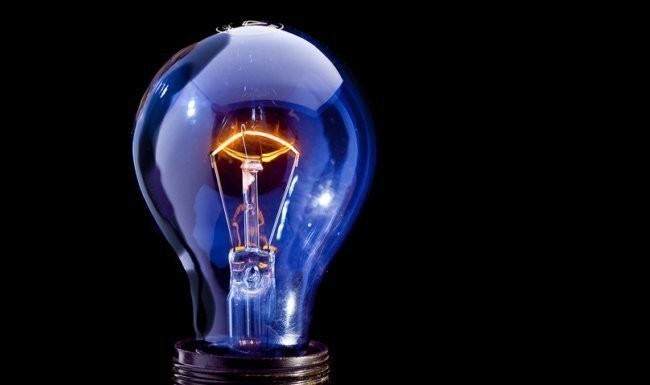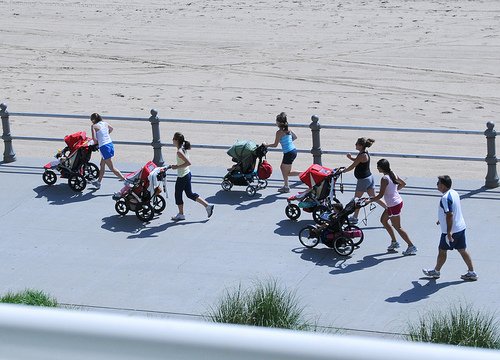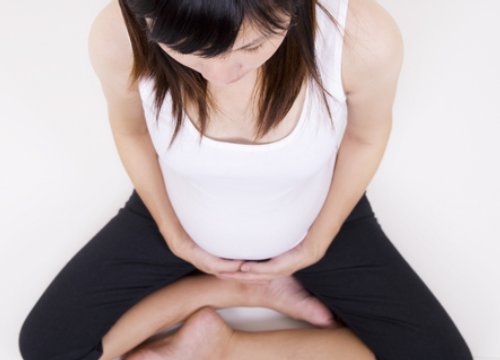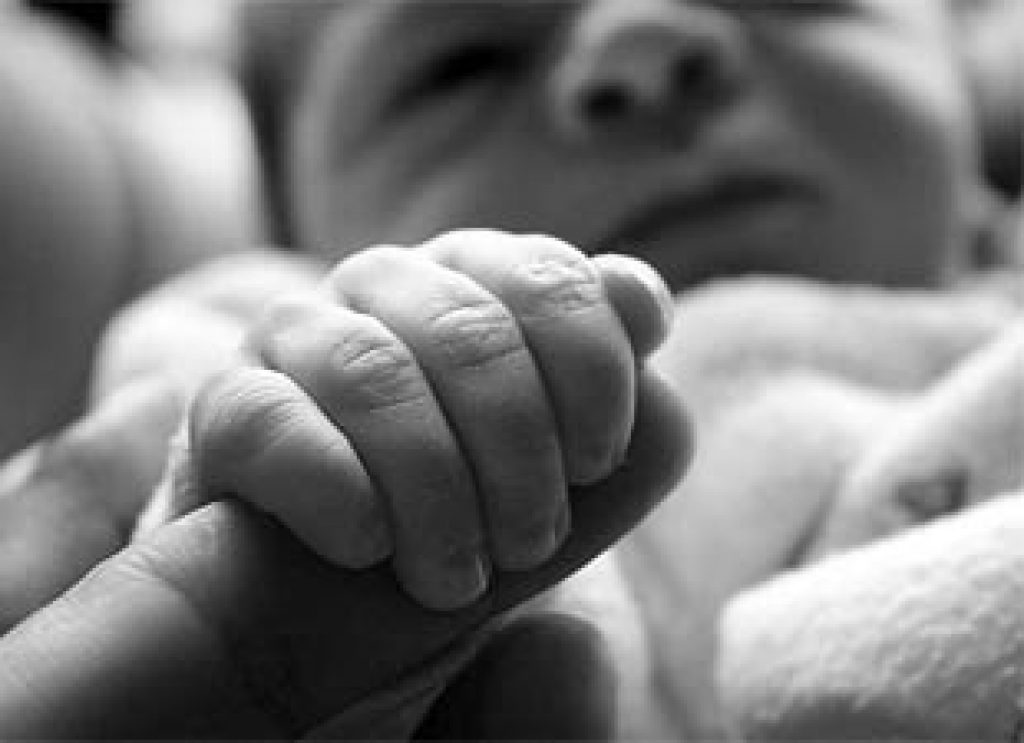
AsianScientist (May 7, 2012) – A new study in the New England Journal of Medicine has identified the risk of major birth defects associated with different types of assisted reproductive technology.
Worldwide, more than 3.7 million babies are born annually as a result of assisted reproductive technology, such as IVF (in vitro fertilization), ICSI (intracytoplasmic sperm injection), and ovulation induction.
In the most comprehensive study of its kind, researchers from the University of Adelaide’s Robinson Institute compared the risk of major birth defects for each of the reproductive therapies commonly available internationally, and also the risk of birth defects after fresh and frozen embryo transfer.
“While assisted reproductive technologies are associated with an increased risk of major birth defects overall, we found significant differences in risk between available treatments,” said lead author Associate Professor Michael Davies from the Robinson Institute.
Researchers linked a census of more than 6,100 assisted reproductive technology births in South Australia to a registry of more than 300,000 births and 18,000 birth defects. They compared risks of birth defects across all infertility treatments to pregnancies in women with no record of infertility. They also compared successive pregnancies for women.
Previous studies have identified an increased risk of birth defects associated with infertility treatment, but this is the first study to compare all forms of available treatment. This is also the first study to compare pregnancies within women by the treatments received.
The researchers found that the unadjusted risk of any birth defect in pregnancies involving assisted conception was 8.3 percent (513 defects), compared with 5.8 percent for pregnancies not involving assisted conception (17,546 defects).
The risk of birth defects for IVF was 7.2 percent (165 birth defects); and the rate for ICSI was higher at 9.9 percent (139 defects).
“A history of infertility, either with or without assisted conception, was also significantly associated with birth defects,” said Davies.
“While factors associated with the causes of infertility explained the excess risk associated with IVF, the increased risk for a number of other treatments could not readily be explained by patient factors. ICSI, for instance, had a 57 percent increase in the odds of major defect, although the absolute size of the risk remained relatively small,” he said.
Cryopreservation (freezing) of embryos was associated with a substantially reduced risk of birth defects, particularly for ICSI. “This may be due to developmentally compromised embryos failing to survive the freeze/thaw process,” he said.
Also of concern was the tripling of risk in women using clomiphene citrate to stimulate ovulation outside of a closely supervised clinical setting.
“While confined to a small group in our study, this is of particular concern as clomiphene citrate is now very widely available at low cost, and may easily be used contrary to manufacturers’ very specific instructions to avoid use if pregnant, as it may cause fetal malformations. This aspect of the study will need additional confirmation from future research,” he said.
The researchers plan to expand the study to include more recent years of treatment, as newer forms of reproduction technologies may influence the associated risks of treatment.
The article can be found at: Davies et al. (2012) Reproductive Technologies and the Risk of Birth Defects.
——
Source: University of Adelaide; Photo: Daniel Andres Forero.
Disclaimer: This article does not necessarily reflect the views of AsianScientist or its staff.




